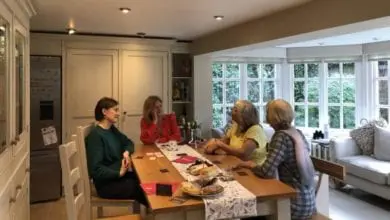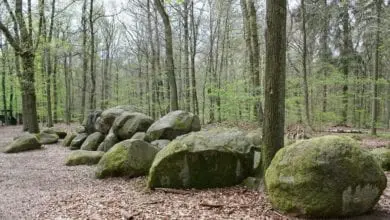UK’s third modern day barrow built in Shropshire

The Soulton Long Barrow, situated on farmland at Soulton Hall has been handcrafted by the team behind the UK’s reintroduction of an ancient way of celebrating life and cherishing a life ritual.







